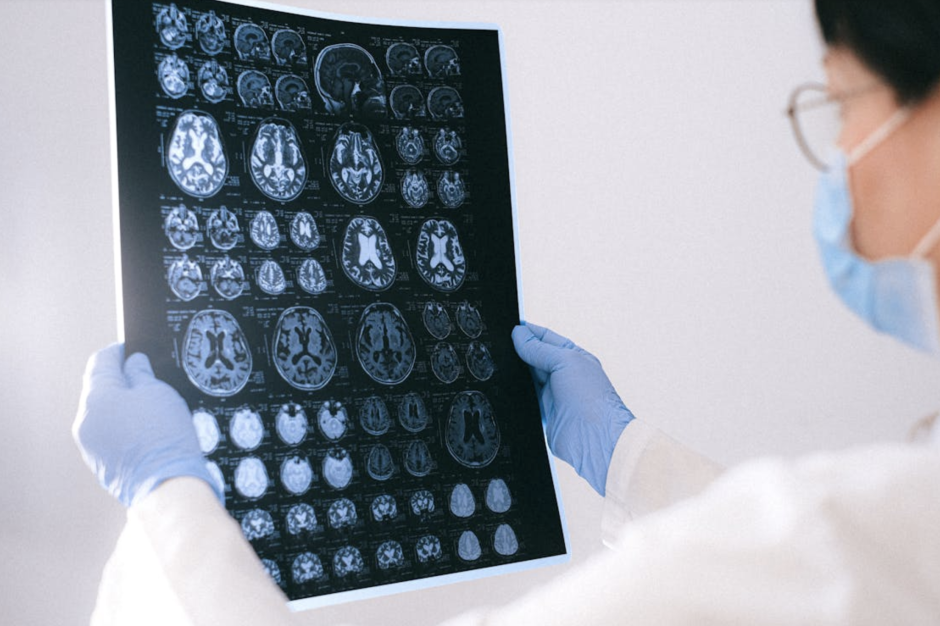
In high-risk medical situations, even a few minutes can change a patient’s outcome. When internal injuries or sudden illnesses strike, how do doctors make fast, accurate decisions? What role does it play in early diagnosis and patient survival?
Computed tomography (CT) scans are often the first tool used to uncover what’s happening inside the body. Their speed and clarity give medical teams a powerful advantage during critical moments. Whether it’s trauma from an accident or a stroke that needs quick intervention, timing matters.
CT technology is widely used in emergency rooms, intensive care units, and trauma centers. This article will explore how CT scans support early interventions when every second counts.
Pinpointing Hidden Injuries in Emergency Settings
Trauma patients often arrive with injuries that are not immediately visible externally. Traditional X-rays often miss smaller injuries that CT imaging can reveal clearly.
NIH notes that CT scans are ideal for patients since they offer detailed internal views and better clarity. When patients are unstable, CT scans become essential for identifying life-threatening injuries right away. Using these tools strategically can improve outcomes and guide urgent treatment decisions effectively.
Identifying brain hemorrhages or collapsed lungs early saves lives in many cases. Accurate imaging supports the coordination between radiologists and emergency surgeons. Fast and clear imaging improves trauma survival rates significantly.
Are CT scans effective for pediatric trauma patients?
CT scans are widely used for pediatric trauma patients, though radiation exposure is a concern. Pediatric CT scans are adjusted to minimize radiation without sacrificing diagnostic accuracy. They are critical for identifying severe injuries in children who cannot fully communicate their symptoms.
Detecting Early Signs of Stroke and Neurological Decline
In stroke situations, fast imaging is essential to preserve brain function. CT scans identify whether the stroke is ischemic or hemorrhagic.
Medical News Today states that an ischemic stroke often results from a blocked artery or blood clot in the brain. Hemorrhagic strokes happen when a brain blood vessel leaks or bursts, flooding surrounding tissue. This distinction determines whether medication or surgery is the correct course of action.
Advanced CT methods can show blocked vessels or cerebral swelling accurately. Time lost during diagnosis increases the chance of permanent damage significantly. Patients showing confusion or numbness benefit most from immediate CT confirmation.
Neurologists use CT results to coordinate stroke team responses within minutes. Brain scans also help rule out tumors or similar conditions with overlapping symptoms. Quick diagnosis and treatment reduce the risk of lasting disability.
Can CT scans help with post-stroke rehabilitation planning?
CT scans help identify brain damage after a stroke, offering vital insights into its severity. These detailed images allow neurologists to pinpoint affected areas, shaping customized recovery plans. Tailored rehabilitation based on scan results improves outcomes and supports a patient’s journey toward regaining lost abilities.
Improving Outcomes Through Early Cancer Detection
The American Cancer Society mentions that CT scans are effective in finding tumors before symptoms start to appear. Lung cancer screening is recommended for those with long-term smoking histories. Finding cancer early increases the number of treatment options available to patients.
Doctors use CT scans to determine how far cancer has spread. This process is called staging and guides every step of the treatment plan. Early detection also allows for surgery before tumors become inoperable.
Many high-risk patients benefit from regular CT screening as a preventive measure. Timely detection gives patients a better chance at full recovery.
How does CT imaging improve surgical outcomes in cancer cases?
CT scans offer clear anatomical views, helping surgeons plan with greater accuracy and confidence. This precision boosts surgical success by ensuring the complete removal of tumor tissue. Pre-surgical CT evaluations also lower the risk of complications and promote smoother recovery.
Enhancing Team Communication for Faster Treatment Plans
In high-risk scenarios, medical teams need seamless communication to act fast and accurately. CT scans are most effective when interpreted in context by a range of professionals. Basic teams of advanced practice providers include physician assistants, nurse anesthetists, and nurse practitioners, who often guide early interventions.
Their training allows them to recognize subtle clinical signs and act before conditions worsen. Each role brings a unique skill set that supports radiologists and physicians under pressure. Among these professionals, pediatric nurse practitioners often manage young patients with unclear or complex symptoms.
According to Spring Arbor University, many complete a Master of Science in Nursing degree with a Pediatric Nurse Practitioner–Primary Care (MSN-PNP-PC) focus. This degree provides advanced training in pediatric assessment, diagnostic reasoning, and primary care planning. Their education equips them to collaborate confidently with imaging teams.
Many students opt for an online pediatric nurse practitioner degree to balance work and study. This flexible learning option helps more providers gain the skills needed in fast-paced medical settings. Overall, effective communication among all healthcare providers helps accelerate diagnosis and treatment. This collaborative approach ensures CT scan results lead to timely, well-informed interventions across patient populations.
How do radiologists collaborate with surgeons in trauma cases?
Radiologists provide immediate and detailed CT scan results to surgeons, helping them assess the severity of injuries. Quick access to these images allows surgeons to determine the best course of action for life-saving interventions. Teamwork between radiologists and surgeons is crucial for positive trauma outcomes.
Supporting Infection Control and Sepsis Management
The Cleveland Clinic highlights that sepsis occurs when your body overreacts to an infection, causing serious internal damage. Instead of only fighting germs, the immune system begins harming healthy organs and tissues.
This triggers widespread inflammation that can spread quickly and become fatal without treatment. CT imaging is essential for detecting the source of life-threatening infections like sepsis. When a patient’s blood tests indicate sepsis, imaging provides immediate answers.
Scans show whether infections have reached the lungs, abdomen, or other organs. Knowing the infection’s location allows physicians to target treatment without guessing. Infections that form abscesses require drainage, which CT helps locate precisely. ICU teams often use imaging to track how patients respond to antibiotics.
Without imaging, sepsis treatment might be delayed or misdirected in serious cases. Identifying complications early improves chances for survival and limits lasting health damage. CT scans continue to be a reliable ally in sepsis management efforts.
How are CT scans used to monitor sepsis progression?
CT scans help monitor the progression of sepsis by identifying the source and spread of infection. They can locate abscesses, organ damage, or fluid accumulation, which are common in sepsis cases. This allows for better-targeted interventions to prevent sepsis from worsening.
CT scans play a crucial role in fast and accurate decision-making during medical emergencies. These scans help uncover hidden injuries, spot early-stage cancers, and identify stroke types quickly. When used alongside experts like pediatric nurse practitioners, they support rapid responses and clear communication.
This teamwork improves survival rates and reduces long-term damage from conditions like sepsis or pediatric trauma. The blend of advanced imaging and skilled care creates a strong defense in critical health situations. CT scans allow healthcare workers to respond faster during time-sensitive health crises.
Stay updated, free articles. Join our Telegram channel

Full access? Get Clinical Tree







